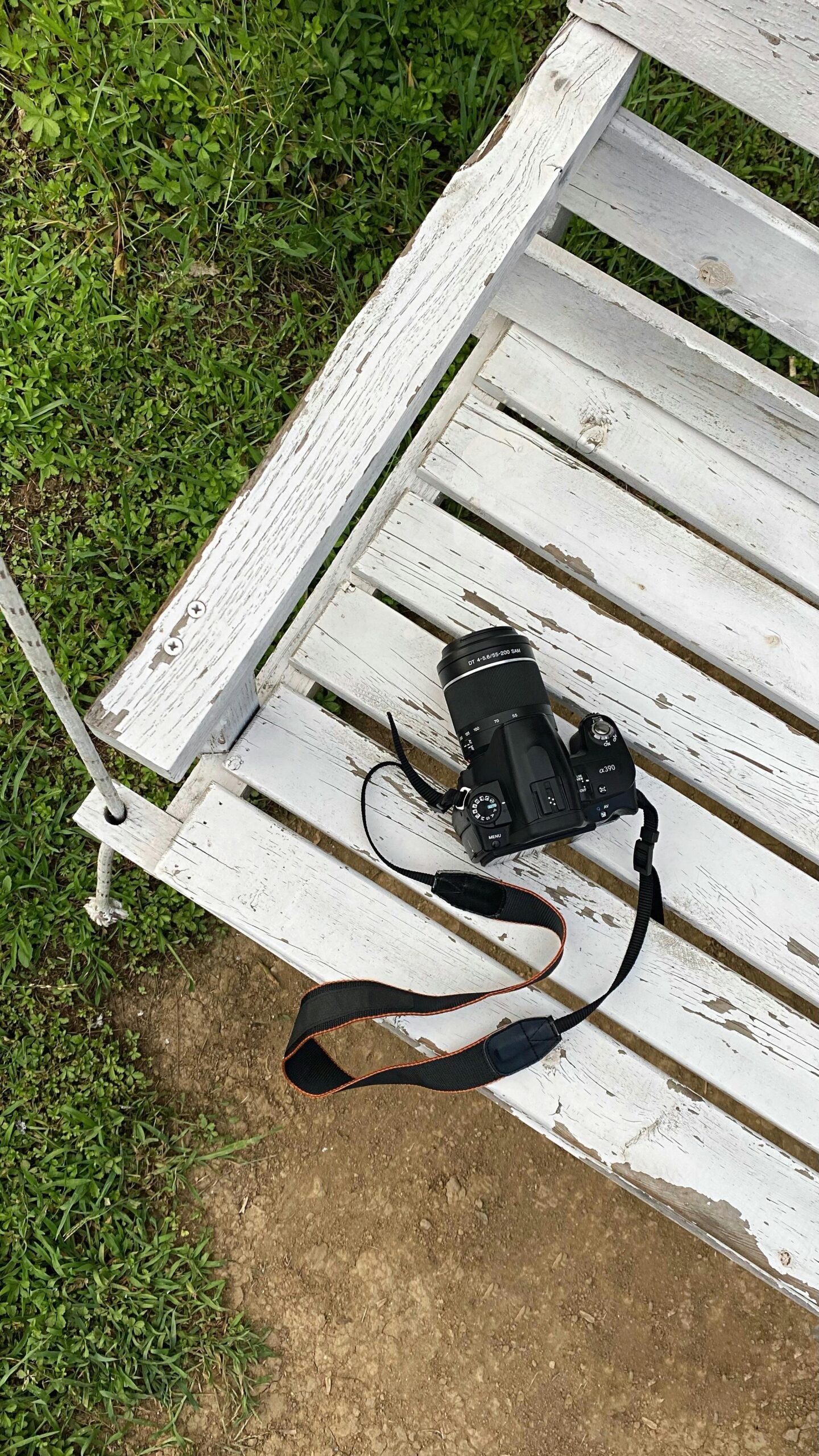Practical Ways to Optimize Your Schrägbankdrücken Winkel for Maximum Effectiveness in 2025
As fitness enthusiasts continue to explore effective workout methods in 2025, optimizing the angle of the Schrägbankdrücken (incline bench press) remains a vital technique for maximizing muscle gains. This article will guide you through practical ways to enhance your Schrägbankdrücken Winkel effectively. Whether you’re a beginner or an experienced athlete, understanding the importance of the incline angle can significantly influence your training outcomes.
The Schrägbankdrücken is renowned for its ability to target the upper chest effectively, promoting muscle growth and strength. Proper execution, alongside an optimized angle, leads to better results in Brusttraining (chest training) and overall fitness progression. As we navigate the intricacies of this essential exercise, we will cover various angles, techniques, and tips that can make all the difference in your training routine.
This article is structured to provide a comprehensive understanding of the Schrägbankdrücken. We’ll dive into techniques, common mistakes, and variations that cater to both Anfänger (beginners) and Fortgeschrittene (advanced users). Let’s start by understanding the fundamentals of this powerful exercise!

Understanding the Basics of Schrägbankdrücken
Building on the foundational principles of the Schrägbankdrücken, it’s crucial to grasp its purpose and execution. The exercise emphasizes the upper portion of the Brust (chest) and engages the front shoulders and triceps. Achieving an optimal angle is essential not only for muscle engagement but also for preventing injuries.
What is Schrägbankdrücken?
The Schrägbankdrücken is a variant of the classic bench press, characterized by a bench set at an incline. This modification targets the upper chest more intensely compared to traditional flat bench presses. Most commonly performed with Hanteln (dumbbells) or a barbell, this exercise allows for diverse training approaches.
Why is the Angle Important?
The angle at which you perform the Schrägbankdrücken can influence muscle activation dramatically. A steeper angle can shift focus more towards the shoulders, while a lower incline may emphasize the chest. Understanding these dynamics plays a vital role in customizing your workout for specific fitness goals.
Common Mistakes to Avoid
When optimizing your Schrägbankdrücken Winkel, awareness of common errors can enhance your effectiveness. Incorrect form, inappropriate angle settings, and inconsistency in grip can lead to subpar training outcomes or injuries. Paying attention to these mistakes is crucial for maximizing your training efforts.
Choosing the Right Equipment for Schrägbankdrücken
With these fundamentals established, selecting suitable equipment is the next step towards an effective Schrägbankdrücken routine. The right gear not only enhances performance but also ensures safety during weightlifting, whether you’re training in a Fitnessstudio (gym) or at home.
Types of Equipment
Various equipment options are available for performing the Schrägbankdrücken. While dumbbells are popular for their versatility, opt for a barbell setup when focusing on heavier lifts. Additionally, adjustable benches allow for a broader range of angles, catering to your individual preferences.
Setting Up Your Berater
Before attempting the Schrägbankdrücken, ensure your equipment is set up correctly. Adjust the incline of your bench to match your desired angle and ensure a secure grip on the weights. An unchecked setup can hinder performance and potentially lead to injuries.
Incorporating Resistance
Utilizing varying resistance levels can significantly bolster the effects of your Schrägbankdrücken exercises. Begin with lighter weights to establish a solid technique before progressing to heavier loads. This gradual approach fosters muscle growth and minimizes the risk of injury.

Optimizing Your Technique
Taking your exercise technique further, it is essential to focus on proper form and execution. Maximizing the effectiveness of your Schrägbankdrücken requires attention to detail and adherence to best practices.
Proper Body Alignment
Maintaining correct body alignment is critical during the execution of the Schrägbankdrücken. Ensure that your back is flat against the bench, your feet are firmly on the ground, and your grip is even on the weights. This setup allows for balanced force distribution, minimizing strain on your body.
Breathing Techniques
Incorporating proper breathing techniques during the exercise enhances performance. Exhale while pressing the weights upwards and inhale when lowering. This rhythmic breathing not only increases endurance but also stabilizes your core during lifts.
Progressive Overload Principles
To continue making gains in muscle development, apply the principle of progressive overload. Gradually increase the weights, repetitions, or sets for your Schrägbankdrücken routine over time. This tactic is crucial for continuous improvement, allowing for effective muscle adaptation.
Advanced Variations of Schrägbankdrücken
As you become more comfortable with the basics, exploring advanced variations of the Schrägbankdrücken can enhance your training session. Each variation targets different muscle groups, promoting more comprehensive chest development.
Unilateral Schrägbankdrücken
One effective variation is the unilateral Schrägbankdrücken, where you perform the lift one arm at a time. This approach helps address imbalances in strength and muscular development between your sides. It can also improve stabilizing muscles, adding an extra layer of intensity to your routine.
Superset Techniques
Incorporating supersets into your Schrägbankdrücken training can elevate intensity and muscle fatigue. Try pairing your incline bench presses with exercises targeting antagonist muscles, such as rows or tricep extensions. This method optimizes workout efficiency and leads to muscle growth.
Incline Dumbbell Flyes
Another effective method is pairing your Schrägbankdrücken with incline dumbbell flyes. This combination emphasizes the chest and enhances muscular engagement throughout the upper body. By integrating these variations, you can promote comprehensive development of the chest and shoulders.
Safety Protocols and Best Practices
With the extensive options available, maintaining safety during your Schrägbankdrücken workouts is paramount. Being educated on safety protocols minimizes the risk of injury and promotes long-term benefits in your fitness journey.
Warm-Up Routines
Before each workout, allocate time for a thorough warm-up. This practice prepares your muscles and joints for the demands of lifting. Dynamic stretches and lighter weight sets are excellent methods for facilitating joint mobility and readiness.
Using a Training Partner
Whenever possible, exercise with a training partner, especially when handling heavier weights. Their presence adds an element of safety in spotting you during lifts, allowing for greater focus on your form without concern for injury.
Listening to Your Body
Lastly, tuning into your body’s signals is critical for preventing overexertion. If you experience pain rather than fatigue, pause your workout and reassess your form or weight. Adapting your routine based on your body’s feedback optimizes your results while safeguarding your health.
Q&A Section: Addressing Common Queries about Schrägbankdrücken
As we conclude our guide, let’s address some common questions regarding the Schrägbankdrücken technique to enhance your understanding and practical application.
What is the ideal angle for Schrägbankdrücken?
The ideal angle is often debated, but a common range is between 30 to 45 degrees. This angle typically allows for optimal engagement of the upper chest without excessively involving the shoulders.
How often should I incorporate Schrägbankdrücken into my routine?
For muscle hypertrophy, aim for 1-2 sessions per week. Ensure you allow sufficient recovery time between workouts to facilitate recovery and strength gains.
Can beginners perform Schrägbankdrücken?
Absolutely! Beginners should start with lighter weights and focus on mastering the technique before progressing to heavier loads. Utilizing guidance from trainers can further enhance their learning experience.
Incorporating these practices into your workout routine can amplify the benefits of Schrägbankdrücken while ensuring you progress towards your fitness goals with confidence. Remember, consistency and attention to detail are key!
For further insights on chest training and the Schrägbankdrücken technique, check out more resources on this topic and delve deeper into variations in this guide.
